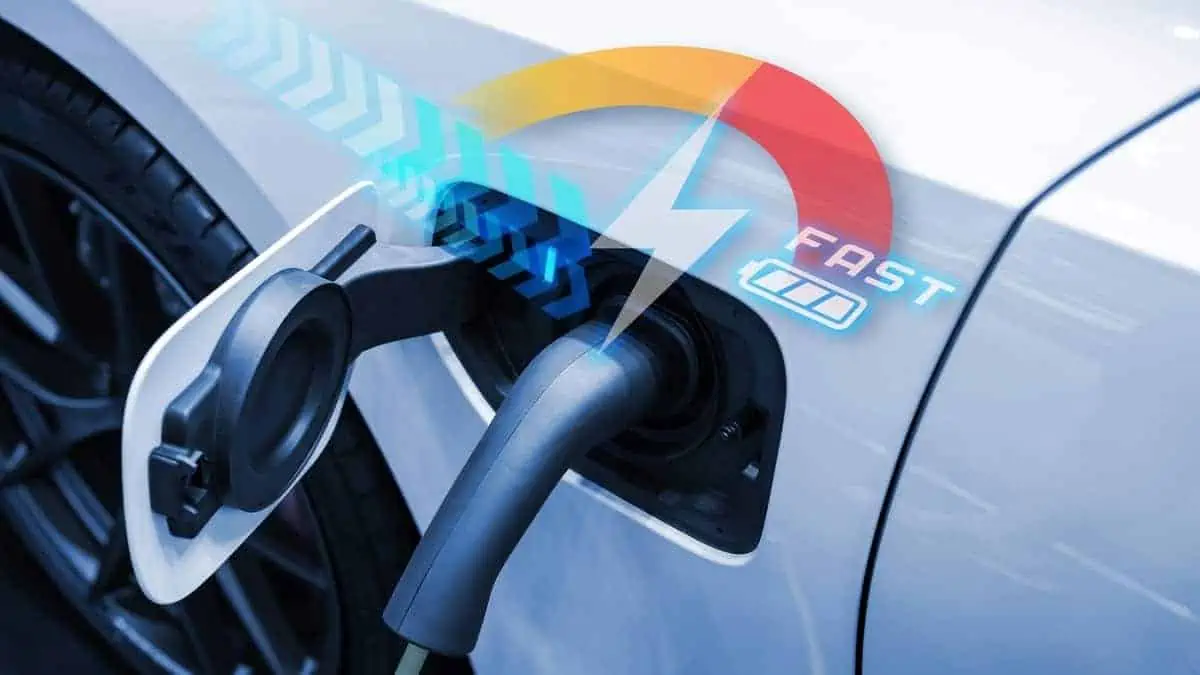Electric car demand is rapidly growing globally this year. The latest edition of the International Energy Agency’s (IEA) annual Global Electric Vehicle Outlook suggests that EV sales can potentially hit a year-on-year increase of 35% to 14 million units, up from 2022’s record of over 10 million sales.
Apart from that, IEA’s outlook states that electric car’s share of the overall auto market increased from about 4% in 2020 to 14% in 2022. Now, the agency projects these records to grow further to 18% in 2023.
“Electric vehicles are one of the driving forces in the new global energy economy that is rapidly emerging – and they are bringing about a historic transformation of the car manufacturing industry worldwide.
The trends we are witnessing have significant implications for global oil demand. The internal combustion engine has gone unrivalled for over a century, but electric vehicles are changing the status quo. By 2030, they will avoid the need for at least 5 million barrels a day of oil. Cars are just the first wave: electric buses and trucks will follow soon.”
IEA Executive Director Fatih Birol
Major electric car markets – China, Europe, and the US
The report noted that China, Europe, and the United States account for the vast bulk of electric vehicle sales to date.
China is the market leader, accounting for 60% of all electric vehicle sales worldwide in 2022. Meanwhile, the second largest market was Europe, with a sales growth of 15%. The US followed them with an astounding 55% EV sales increase last year.
IEA expects that aggressive regulatory initiatives in these major economies, including the Fit for 55 package in the European Union and the Inflation Reduction Act in the US, will aid EVs in gaining market dominance this decade and beyond.
Positive impacts of the growing EV demand
The growing demand for electric cars also positively affects battery production and supply chains. The latest report indicated that proposed battery production projects would surpass the current EV demand by 2030 in the IEA’s Net Zero Emissions by 2050 Scenario.
However, manufacturing remains dominant in China, leading the trade in batteries and components. For context, the largest auto market grew its global EV export share to over 35% in 2022.
Nonetheless, there are encouraging indicators in other areas, even though sales and production of electric cars are centered in just a few major economies. In India, Indonesia, and Thailand, the share of electric vehicles in all sales increased to 1.5%, 1.5%, and 3.0%, respectively.
These shares are anticipated to rise in the future thanks to a mix of efficient government and private sector investment. Battery production and EV rollout are anticipated to increase significantly in India over the next few years owing to the government’s USD 3.2 billion incentive package, which brought in USD 8.3 billion in investments.
Two- or three-wheel vehicles, which exceed cars in developing and emerging countries, are the most active form of electric mobility. In India, registrations for three-wheelers increased to over 50% in 2022, a sign of their rising popularity. Two- or three-wheelers provide a reasonably priced means of accessing transportation in many developing economies, making its electrification crucial to promoting sustainable development.
See Also:
- States suspend EV incentives due to increasingly huge number of demand
- Demand for Eviation electric aircraft continues to rise
- EV demand triples Lithium Miner SQM’s profit
- UK new vehicle sales drop to a 30-year low, but EV demand increases
- Bank of America sees ‘On Semiconductor’ stock surging more than 25% as EV demand grows
Demands for electric vehicles are undoubtedly growing rapidly with the aid of the worldwide government in promoting clean mobility. With this upward trend, we can hope to see a sustainable future.






